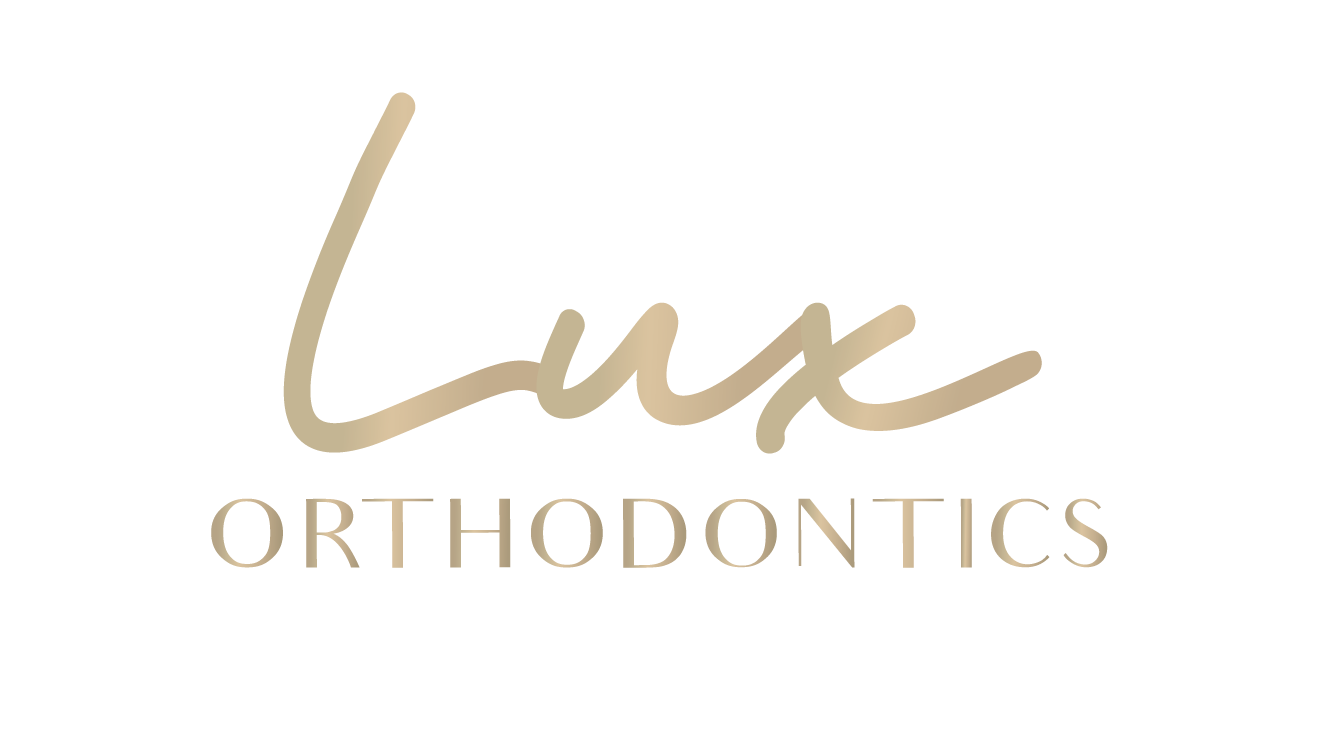Orthodontics is a type of dental treatment that can improve the alignment of your teeth and jaw. Most people first need orthodontic treatment during their teenage years, as the jaw and teeth are still developing. This can cause alignment issues and dental crowding, so getting braces in the early years allows the teeth to grow into a more desirable alignment before the teen starts high school. While adults can also get braces, the options are more limited than for children.

Treatment options
The treatment options for orthodontics vary depending on the severity of the problem. For example, severe malocclusion can affect a person’s ability to chew and speak properly. In addition, a misaligned jaw can lead to gum disease and tooth decay. Treatment options for adults include extractions of impacted teeth to improve the overall appearance of the smile and early expansion of the jaws to avoid impactions.
Oral health is essential, and orthodontic treatment can significantly boost one’s self-esteem and confidence. Unfortunately, nearly 80% of adults and adolescents suffer from malocclusion. Crooked, spaced-apart, or crowded teeth are common orthodontic problems. These problems can affect a person’s appearance and oral health, so finding the best solution for your particular situation is essential.
Common problems treated by orthodontics
The most common problem orthodontics treat is a misalignment of the teeth. A misaligned jaw limits the amount of space for the teeth, which leads to overlapping and crowding. This causes problems with oral hygiene and chewing. If you want to avoid these problems, then you should consider orthodontic treatment.
Crossbite is a common orthodontic problem where the upper and lower teeth do not meet. This condition can cause uneven wear on the teeth and even affect facial asymmetry. Crowding is another common problem that can be corrected with braces. In this case, the upper teeth protrude over the lower teeth, which leads to crooked teeth and an increased risk of gum disease and tooth decay.
Getting braces
Getting orthodontics can be an intimidating process. The process starts with a bonding agent applied to the brackets on your teeth. This bonding agent holds the archwire in place. Your dentist will then adjust the entire appliance as your treatment progresses. The procedure is generally painless and takes only a couple of hours. Afterward, you will need to visit your dentist’s office about once a month for an adjustment.
Depending on your situation, you may be able to get orthodontics through your primary dentist, but for complicated oral problems, you will need a specialist. The cost of orthodontic treatment for adults is about the same as for children. While some adults are hesitant to get braces, you can choose to get clear braces, which will make your teeth less noticeable and will not draw attention.
Cost of braces
The cost of orthodontic treatment can be challenging to afford, but there are ways to reduce the financial burden. Many orthodontists offer payment plans to their patients. In addition to these options, you can consider financing with your own health savings or flexible savings account. There are also non-profit organizations that provide free orthodontic treatment. If you don’t have savings or other resources to cover the entire cost, you can try to obtain a personal loan, but keep in mind that private loans usually have a higher interest rate than most other types of loans. Also, some lenders charge additional fees on top of the interest rate.
Metal braces are the most common type of brace. These braces can cost anywhere from $1,500 to $8,500. However, you can use your dental insurance to pay for some of the cost. You may sometimes qualify for up to $2,000 from your dental plan for metal braces.
Requirements for getting braces
Before undergoing orthodontic treatment, you should visit your dentist to ensure your teeth are healthy. You should also schedule regular visits with your Los Angeles orthodontist at least once every six months. In addition, you should inform your orthodontist if you are currently taking any antibiotics. If so, your Los Angeles orthodontist may prescribe pre-medication.
Generally, prospective orthodontists should have a background in science and math. Many obtain a Bachelor of Science degree in physics, such as physics. Moreover, orthodontists should have good visual perception and be physically fit. They should also practice stretching regularly and be able to move their hands and fingers.